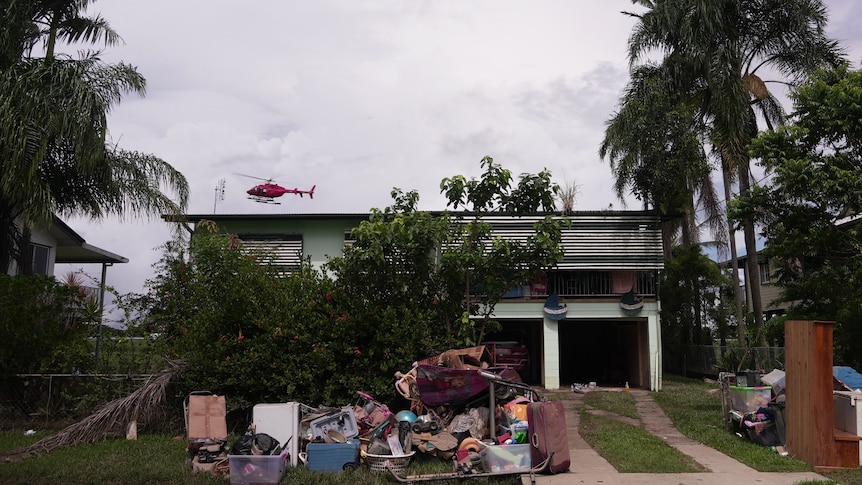Australia Weather News

Houses across Australia are getting hit by more and more natural disasters. (ABC News: Baz Ruddick)
Siobhann McCafferty's beloved Brisbane home has been through a lot in its 125 years.
In the last three years multiple "once in a generation" floods have inundated her Woolloongabba property.
"When it floods and the road is cut, we get physically trapped in this house, but there's also the feeling of being trapped in this situation we can't control," she said.
The 47-year-old is one of thousands of Australians finding their homes are not fit to withstand increasingly frequent and destructive natural disasters.
New research from the Australian Housing and Urban Research Institute (AHURI) has found the "post-disaster housing recovery is slow, frustrating and complex," and set to get worse.
The study found "the best approach is prevention" and called for state and federal leaders to help home owners like Ms McCafferty future-proof their properties before they're lost entirely.
There are no government-backed insurance schemes for natural hazards in Australia.
Instead the responsibility for risk and disaster recovery is deferred to individuals.
The price of disaster
Each Ms McCafferty's Queenslander floods she loses about $10,000 covering the damage, she said.
"It's sewerage water because of the drains on this street, so anything the water touches has to be thrown out," she said.
"My partner has lost her grandmother's heirloom furniture to the water, we've lost so many appliances, it's just so much every time."
Their home insurance premium tripled after the 2022 Brisbane floods.
Ms McCafferty said her provider refused to pay for the damage after her entire street was submerged, then advised she would no longer be covered for flood.
"I'm just so tired. It's exhausting and depressing because it's going to happen again," she said.
In March, heavy rain and river rises from ex-Tropical Cyclone Alfred inundated her home again.
"Even if we could insure our home against flood, there's no way we could afford it," she said.
Rethinking insurance
Home insurance premiums across the country rose by 28 per cent in the year to March 2023.
Properties in high-risk disaster areas increased by 50 per cent.
UNSW Professor David Sanderson, who led the AHURI study, said it's time we rethink disaster recovery, and move away from insurance that "replaces like for like" and instead "build back better".
"We need the state to intervene to make it happen," he said.
"This country is relatively good at providing relief after natural disasters, but they're happening so often there's no time to properly recover before the next one hits."
The federal government said it's "prepared to consider all options" to keep homes insured.
"We know that insurance costs are a big part of the pressure on people, and we don't want them to opt out and to make themselves more vulnerable," Treasurer Jim Chalmers said.
The study found relocating residents out of high-risk areas was the best-case scenario.
Where relocation out of bushfire, flood or cyclone-prone areas is impossible, homes should be rebuilt with prevention in mind.
Measures recommended include flood proofing, raising houses and using fire-resistant building materials.
Queensland Emergency Services Minister Dan Purdie agrees the approach needs to change.
"We know we can't just keep building everything back to the levels they always have been, just to get washed away again," he said.
Ms McCafferty is hopeful this research is the next step towards ending the recurring nightmare of living in a high-risk zone.
"I love my home, I never want to leave, but we just really need help to make sure we're not forced to," she said.
ABC